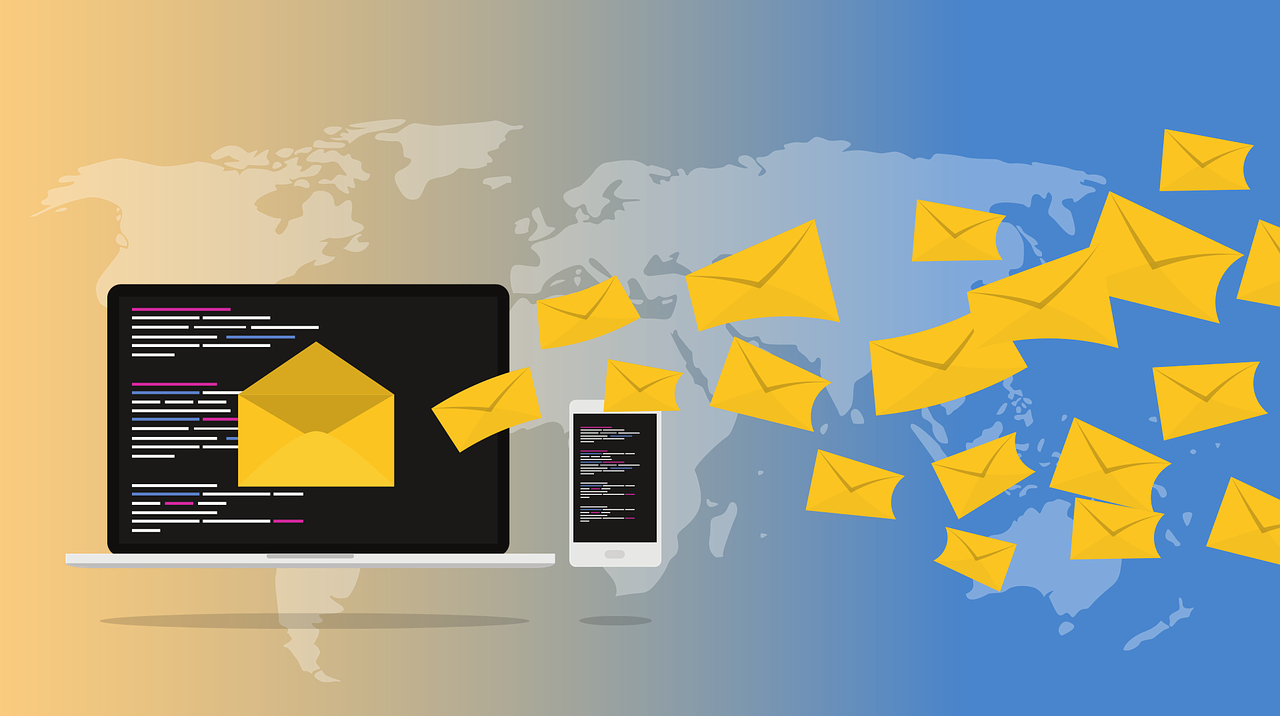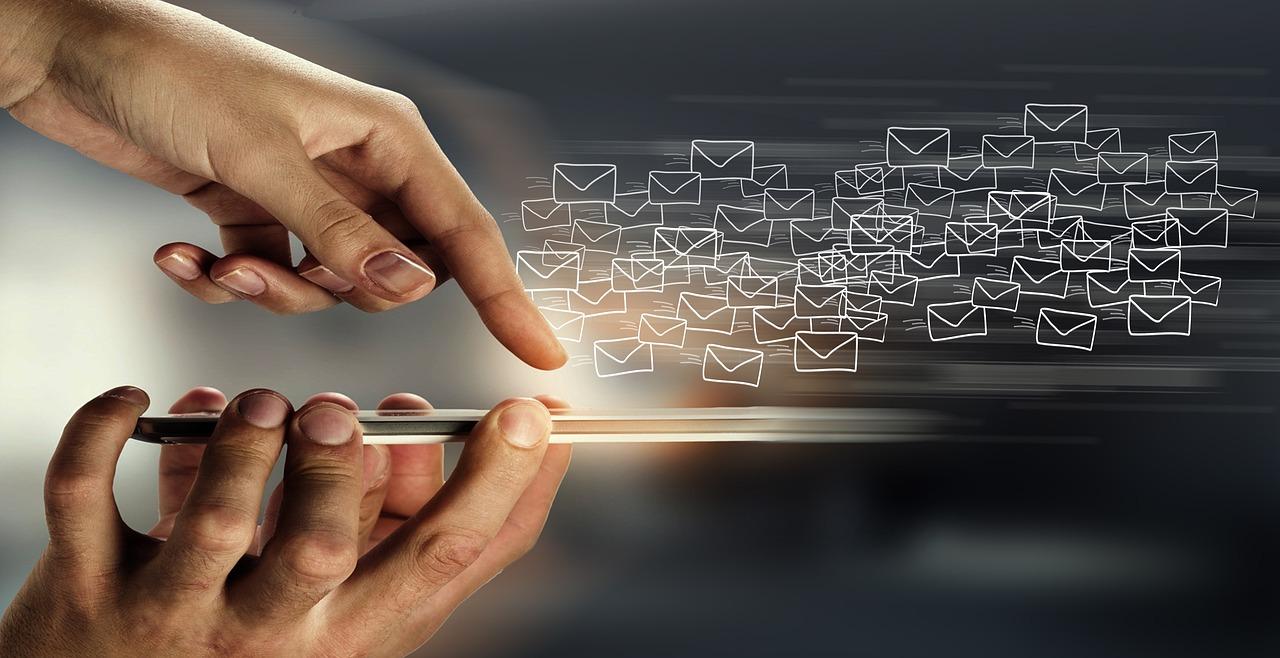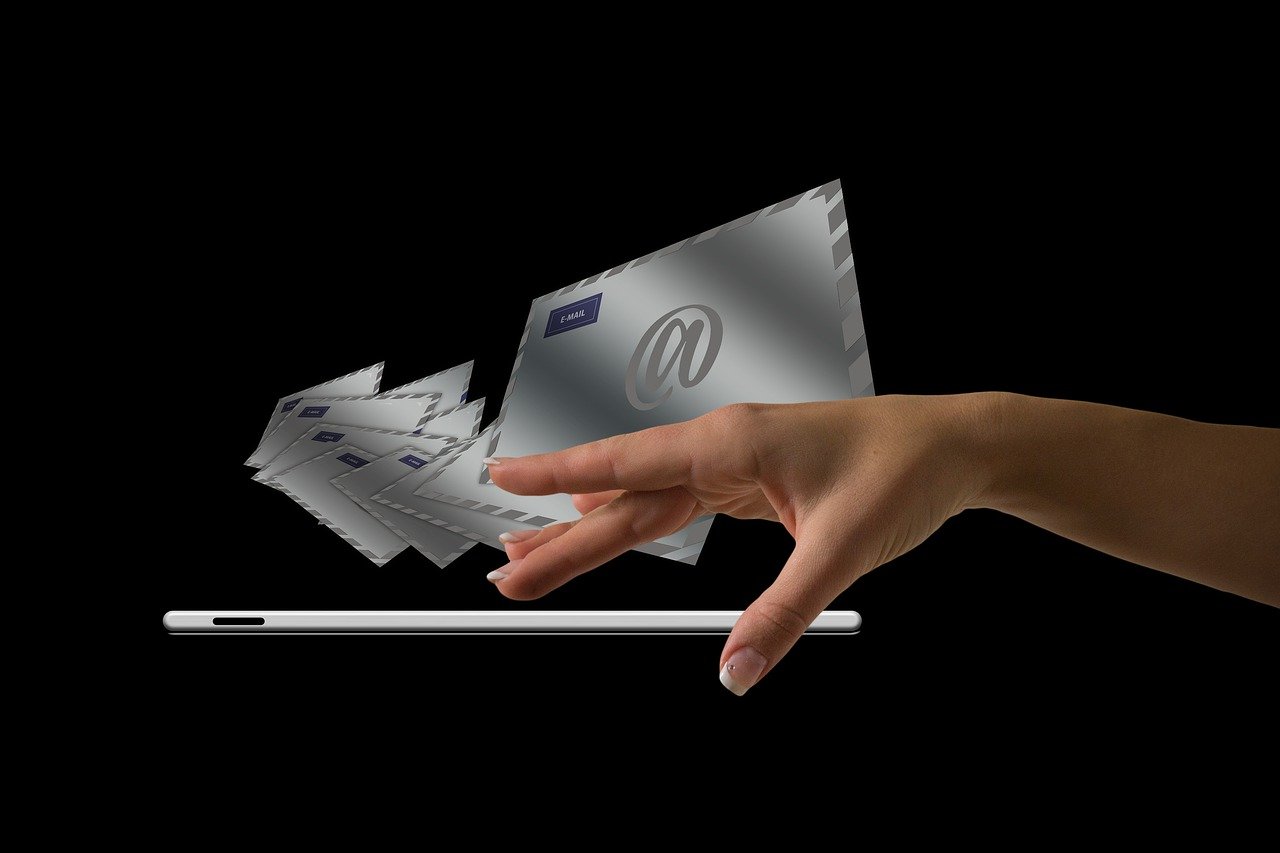
Understanding Your Audience
Effective email marketing begins with a deep understanding of your audience. By knowing who your subscribers are, what they want, and how they behave, you can create more targeted and engaging email campaigns. This knowledge allows you to tailor your content, offers, and messaging to resonate with different segments of your audience, ultimately driving higher engagement and conversion rates.
Segmentation Strategies
Segmenting your email list is a powerful way to ensure that your messages reach the right people with the right content. By dividing your audience into distinct groups, you can create more personalized and relevant email campaigns.
Different segmentation criteria and examples:
- Demographics: Age, gender, location, income level
- Behavioral data: Past purchases, website activity, email engagement
- Psychographics: Interests, values, lifestyle choices
- Customer lifecycle stage: New subscriber, active customer, lapsed customer
- Purchase history: Product categories, frequency of purchases, average order value
- Email engagement: Open rates, click-through rates, inactive subscribers
- Source of subscription: Website sign-up, in-store promotion, social media campaign
Creating Audience Personas
Audience personas are fictional representations of your ideal customers, based on real data and market research. These personas help you visualize and understand the needs, goals, and behaviors of different segments of your audience.
| Attribute | Example |
|---|---|
| Name | Sarah the Sustainable Shopper |
| Age | 28 |
| Occupation | Marketing Manager |
| Income | $65,000 per year |
| Interests | Eco-friendly products, yoga, travel |
| Pain Points | Wants to reduce environmental impact but struggles with higher costs |
| Goals | Find affordable, sustainable alternatives to everyday products |
| Preferred communication | Email newsletters with product recommendations and sustainability tips |
Crafting Compelling Subject Lines

The subject line is your email’s first impression and often determines whether a recipient will open your message. Crafting compelling subject lines is crucial for improving open rates and ensuring your carefully crafted content reaches your audience.
Best Practices for Subject Lines
Creating subject lines that grab attention and entice recipients to open your emails is both an art and a science. Here are some strategies to help you craft more effective subject lines:
- Keep it concise: Aim for 40 characters or less to ensure full visibility on mobile devices
- Use personalization: Include the recipient’s name or other personal details
- Create a sense of urgency: Use time-sensitive language to prompt immediate action
- Ask questions: Pique curiosity by posing intriguing questions
- Use numbers: Incorporate specific numbers or statistics to add credibility
- Avoid spam trigger words: Steer clear of words like “free,” “sale,” or excessive punctuation
- Employ emojis strategically: Use relevant emojis to add visual interest, but don’t overdo it
Examples of effective subject lines and why they work:
- “Sarah, your exclusive offer expires in 24 hours!” (Personalization + Urgency)
- “5 sustainable swaps to reduce your carbon footprint” (Numbered list + Targeted interest)
- “Is your skincare routine missing this key ingredient?” (Question + Curiosity)
- “🌿 New eco-friendly products just for you” (Emoji + Personalization)
A/B Testing Subject Lines
A/B testing, also known as split testing, is a crucial practice for optimizing your subject lines. By comparing two versions of a subject line with a small portion of your audience, you can determine which one performs better before sending to your entire list.
Steps for effective A/B testing of subject lines:
- Choose one variable to test (e.g., personalization, length, tone)
- Create two versions of the subject line, changing only the chosen variable
- Send each version to a small, random sample of your audience (typically 10-20% each)
- Analyze the results based on open rates and other relevant metrics
- Send the winning version to the remainder of your list
Personalizing Your Emails
Email personalization goes beyond simply addressing the recipient by name. It involves tailoring the content, offers, and overall experience to each subscriber’s preferences and behaviors. Personalized emails can significantly boost engagement rates, with studies showing up to a 6x increase in transaction rates for personalized emails compared to non-personalized ones.
Using Dynamic Content
Dynamic content allows you to customize specific elements within your email based on subscriber data. This technique ensures that each recipient sees content that is most relevant to them, increasing the likelihood of engagement.
Examples of dynamic content elements:
- Product recommendations based on past purchases or browsing history
- Location-specific offers or event invitations
- Content tailored to the recipient’s industry or job role
- Personalized images or visuals that resonate with the subscriber’s interests
- Countdown timers for time-sensitive offers based on the recipient’s time zone
Personalized Email Campaigns
Successful personalized email campaigns go beyond basic personalization to create truly tailored experiences for subscribers. Here are some examples of effective personalized email campaigns:
- Birthday or anniversary emails: Send special offers or discounts to celebrate the subscriber’s special day
- Abandoned cart reminders: Remind shoppers of items left in their cart with personalized product images and incentives
- Re-engagement campaigns: Target inactive subscribers with personalized content based on their past interactions
- Product replenishment emails: Remind customers to reorder products they may be running low on based on their purchase history
- Behavioral trigger emails: Send targeted content based on specific actions taken on your website or in previous emails
Optimizing Email Design and Layout

A well-designed email not only looks professional but also enhances readability and encourages interaction. Optimizing your email design and layout is crucial for creating a positive user experience and driving engagement across all devices.
Responsive Design
With over 50% of emails now opened on mobile devices, implementing responsive design is no longer optional. Responsive emails automatically adjust their layout and content to look great on any screen size, from smartphones to desktop computers.
Best practices for responsive email design:
- Use a single-column layout for easy mobile viewing
- Implement large, touch-friendly buttons for calls-to-action (CTAs)
- Use web-safe fonts and appropriate font sizes for readability
- Optimize images for quick loading on mobile devices
- Keep the overall email width between 600-800 pixels
- Use alt text for images in case they don’t load
- Test your emails across multiple devices and email clients
Clear Call-to-Actions
Effective call-to-action (CTA) buttons are crucial for driving clicks and conversions from your email campaigns. Here are some tips for designing CTAs that stand out:
- Use contrasting colors to make the button pop
- Keep the text short and action-oriented (e.g., “Shop Now,” “Get Started”)
- Place the primary CTA above the fold for immediate visibility
- Use white space around the button to draw attention
- Consider using multiple CTAs for different segments or offers within the email
- Make buttons large enough for easy tapping on mobile devices (at least 44×44 pixels)
Timing and Frequency
Finding the right balance in timing and frequency of your email campaigns is crucial for maximizing engagement without overwhelming your audience. The optimal schedule can vary depending on your industry, audience, and the type of content you’re sending.
Optimal Send Times
While there’s no one-size-fits-all answer for the best time to send emails, research has revealed some general trends that can guide your strategy.
Recommended send times based on industry studies:
- B2B emails: Tuesday through Thursday, between 8 AM and 10 AM
- B2C emails: Thursday through Sunday, between 6 PM and 9 PM
- Retail promotions: Thursday and Friday, between 3 PM and 5 PM
- Newsletter content: Weekday mornings, between 6 AM and 10 AM
- Event invitations: Tuesday through Thursday, between 10 AM and 2 PM
Remember that these are general guidelines, and it’s essential to test different send times with your specific audience to find what works best for your campaigns.
Managing Email Frequency
Determining the ideal frequency for your email campaigns involves finding a balance between staying top-of-mind and avoiding subscriber fatigue. Here are some strategies to help you manage your email frequency effectively:
- Segment your list: Send more frequent emails to highly engaged subscribers and fewer to less engaged ones
- Offer frequency options: Allow subscribers to choose how often they want to receive emails
- Monitor engagement metrics: Watch for drops in open rates or increases in unsubscribes as indicators of potential over-mailing
- Consider the buyer’s journey: Adjust frequency based on where subscribers are in the customer lifecycle
- Create a content calendar: Plan your email campaigns in advance to ensure a consistent and balanced frequency
- Use automation: Set up automated emails triggered by specific actions or time intervals
Analyzing and Optimizing Performance
Regular analysis of your email campaigns is essential for identifying areas for improvement and optimizing future performance. By tracking and analyzing key metrics, you can make data-driven decisions to enhance your email marketing strategy continually.
Key Performance Indicators (KPIs)
Monitoring the right KPIs helps you gauge the success of your email campaigns and identify areas for improvement.
Common email marketing KPIs and what they indicate:
- Open rate: Measures the effectiveness of your subject lines and sender name
- Click-through rate (CTR): Indicates how engaging your email content and CTAs are
- Conversion rate: Shows how well your emails drive desired actions (e.g., purchases, sign-ups)
- Bounce rate: Reflects the health of your email list and delivery issues
- Unsubscribe rate: Indicates overall subscriber satisfaction and content relevance
- List growth rate: Measures the rate at which your email list is expanding
- Email sharing/forwarding rate: Shows how viral and shareable your content is
- Overall ROI: Measures the overall effectiveness and profitability of your email marketing efforts
Continuous Improvement Strategies
To continuously improve your email marketing performance, consider implementing these strategies:
- Regular A/B testing: Test different elements of your emails (subject lines, content, design) to optimize performance
- Personalization refinement: Continuously update and refine your personalization strategies based on new data and behaviors
- Segmentation optimization: Regularly review and adjust your segmentation criteria to ensure relevance
- Content audits: Periodically review your email content to ensure it aligns with your brand voice and subscriber preferences
- Automation workflow analysis: Review and optimize your automated email sequences for better performance
- Subscriber feedback: Regularly solicit and act on feedback from your subscribers to improve your email program
- Competitive analysis: Stay informed about industry trends and competitor strategies to identify new opportunities
By implementing these email marketing best practices and continuously refining your approach based on data and subscriber feedback, you can significantly increase engagement and drive better results from your email campaigns. Remember that email marketing is an ongoing process of learning and optimization, and staying adaptable to changing trends and subscriber preferences is key to long-term success.